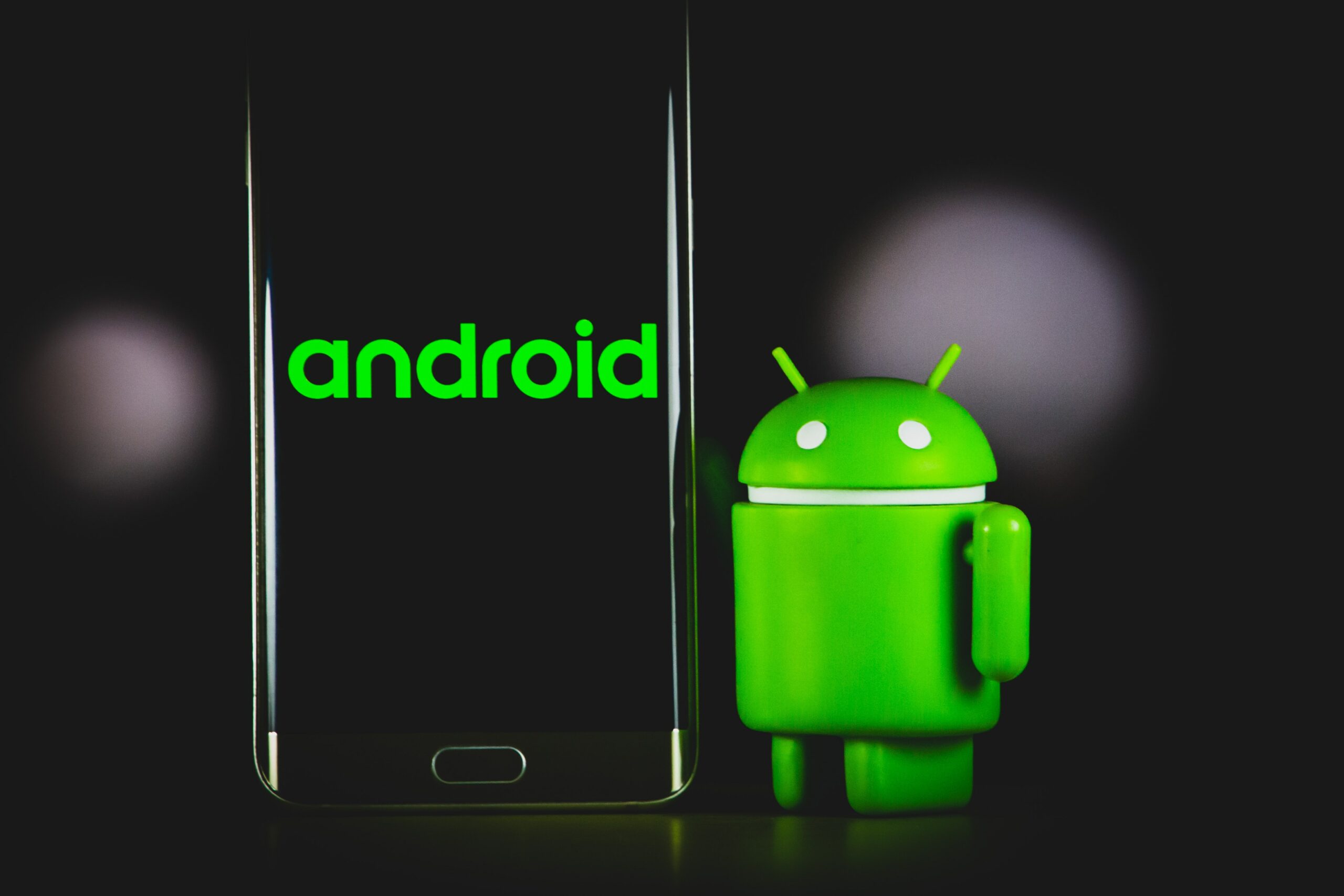* All * Android Terminology

Here at Baloota, we love the Android format. That’s why we chose to make our app empire, which presently comprises Dumpster, Cover and X Cleaner, Android-only. Sorry, iOS.
We’re not naïve, though. We appreciate that Android apps can sometimes cause headaches for users. That’s why we drew up this guide to common pain points with Android apps and how a user can resolve them.
It would be too simplistic to say that Android apps are more problematic than their iOS equivalents. Unfortunately, to an extent, it would also be true.
The reason for this simple. Anybody can upload an app to the Google Play store. The cost to do so is pretty menial, and Google does not have a strict quality control policy. As a result, apps can be rushed and uploaded without testing, despite being riddled with bugs.
Over at iOS, the opposite is true. Apple forces any app developer to sign up for an expensive annual subscription. Weeks of vigorous testing are also undertaken before releasing apps for download. Such restrictions lead to higher performance, but equally, they can frequently crush and stifle creativity.
If you develop an Android app, you’ll have a huge potential target audience that may express interest in downloading it. To impress consumers, though, you’ll need to make sure that your app is flawless.
Never upload an app without putting it through plenty of tests. Releasing an app that is not fit for purpose will just infuriate people, leading to negative reviews and damaging your reputation.
Sometimes, though, issues with apps are hardware concerns and have nothing to do with buggy coding. If you are having trouble with your Android apps or customers are complaining that your app is not performing as it should, consider these fixes.
If an app is refusing to download, how much memory you have left on a device. You’d be amazed at much space MP3s and HD videos can consume. Remember that if somebody sends you a video on WhatsApp, it may automatically save to your camera roll.
If you can’t bring yourself to part with photos, videos or music, consider your apps. Take a look at the apps that you have downloaded – are they all strictly necessary? Once space gets tight, you may need to operate a “one out, one in” policy. Consider deleting anything that you have not used in more than a week or two.
If this still does not help, the issue may lie with the Google Play store. To achieve this, clear your cache. Head to Settings, then Apps. Open the Google Play Store app, then tap Clear Data and Clear Cache. You may also want to restart your appliance after this.
Crashing apps may be a problem with the developer. Java can be a harsh mistress, and errors in code can prevent an app from running correctly. Check the reviews in the app store. If everybody is having the same problem, the issue is unlikely at your end.
If the issue is unique to you, check our previous point. You may need to clear the cache of the Google Play store. Consider checking for any updates to the app, too. You may be running an old version that is incompatible with the latest OS.
The opposite could also be true, though. You may have an old handset that cannot cope with the demands of the app. If you cannot install the latest OS, it may be time to upgrade to a new device. The problem will keep arising otherwise.
Apps that drain battery can be hugely infuriating. There are a handful of ways to get around this.
Remember, batteries have a finite shelf life. The more you use high-impact apps, the shorter lifespan a full battery will offer. Prolong your battery as long as you can by following the steps above.
The whole point of apps is to enjoy fast, practical convenience. If your apps are running at a snail’s pace, check what else is active on your phone. Other programs may be slowing down your entire appliance.
Internet pages are the likeliest culprits. Ensure you do not have any websites with video advertisements running in the background. These will place pressure on your appliance and slow everything down. An ad blocker may help with this – though be aware that these are not the same as content blockers.
One of the biggest concerns with Google Play operating a Wild West-style approach to allowing apps is the risk of malware. If you’re not careful, you may invite viruses into your smartphone by installing a third-party app.
If you suspect that malware is present on your phone, you must take action. Download, install and run an anti-virus program. Anti-virus software will be your first line of defence, but not the last. Your phone may still behave erratically, and you could still be in danger.
It’s unlikely that somebody installed malware on your phone with no consequence. Change all your passwords – they have almost certainly been compromised. Install a photo vault like Cover, move all your images, and restore factory settings. It’s likely that somebody, somewhere, has access to the contents of your phone – including your private data.
Android appliances can host a wide array of spectacular apps … but equally, more than their share of duds.
Do your due diligence before installing an app to your phone or tablet, ensuring that it’s of sufficient quality. If you’re creating an app for Android, test, test and test some more before you upload it to the Google Play store.
For more similar advice, be sure to install Dumpster and check back on our blog regularly. We’re constantly uploading new hints and tips for Android users to make your life easier.